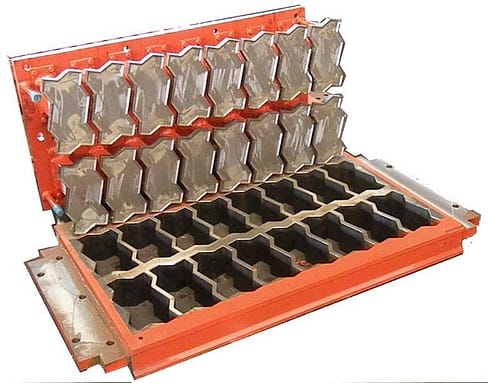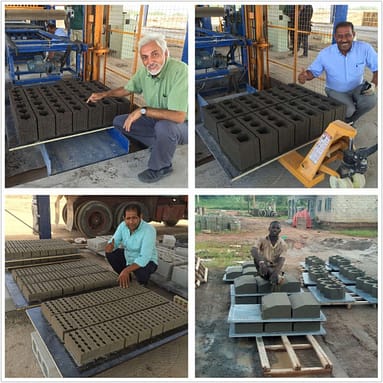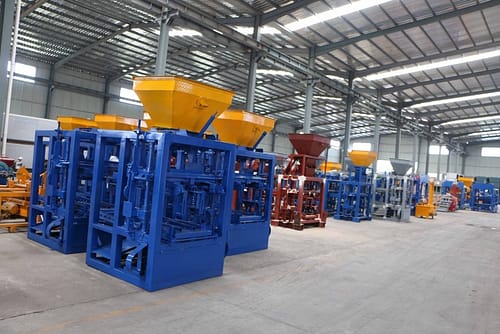The first step is to cure the Compressed Earth Blocks ahead of the application in a building or construction site. These are the steps to cure the blocks:

- Keep in a Humid Environment
After the interlocking blocks have been discharged from the clay brick molding machine, you would then proceed to keep it in a humid environment. The stabilized blocks should be left for about seven (7) days in that state.
- Semi-Dry Surface
While the clay interlocking blocks are being cured, ensure that the surface doesn't dry out completely. If allowed to do so, the clay bricks would suffer shrinkage cracks.
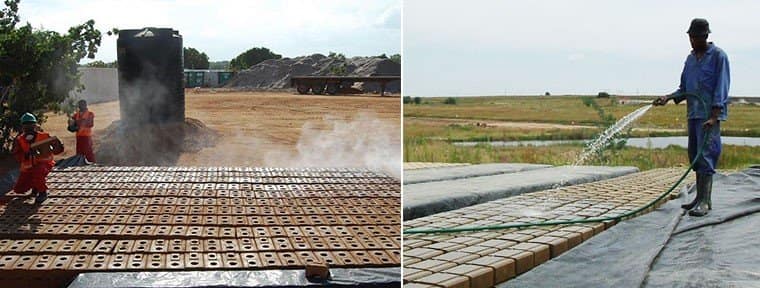
- helter from the Weather
The weather tends to have some effects on the clay bricks. As a rule, the Compressed Earth Blocks (CEB) must be sheltered from the wind and direct sunlight.
It is also ideal to keep the blocks in Relative Humidity (RH) approaching 100%. This can be achieved by covering the blocks with waterproof plastic sheets.
- Temperature
The temperature used for the curing also matters. For instance, Compressed Earth Blocks that are cured for seven (7) days at a temperature of 40°C would be 2 times stronger than others cured at a temperature of 20°C.
The rule is simple: blocks that are cured at higher temperatures would be stronger than others cured at lower temperatures. You can use a black plastic sheeting to increase the temperature, thereby increasing the strength of the blocks.
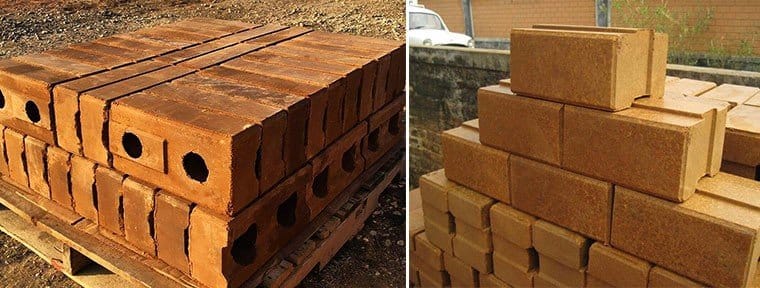
- Drying the Compressed Earth Blocks
The next step after curing the blocks is to dry them. The process would take about fourteen (14) days. During this time, water must be allowed to evaporate. The fraction of the clay should also be allowed to shrink.
As a preventive measure, the exposure of the blocks to direct sunlight and wind must be reduced. This would help to prevent immediate shrinkage.

